28+ Sample Disability Action Plan
-
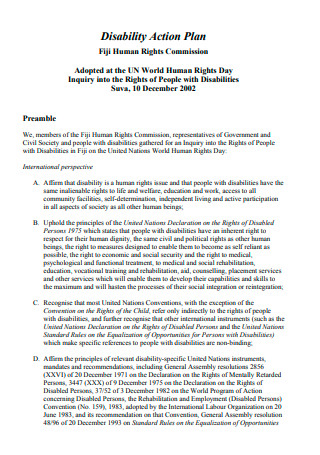
Disability Action Plan Template
download now -
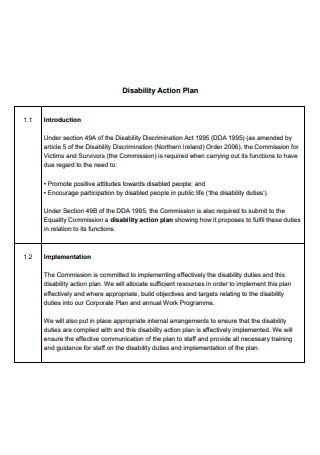
Basic Disability Action Plan
download now -

Womens Disability Action Plan
download now -
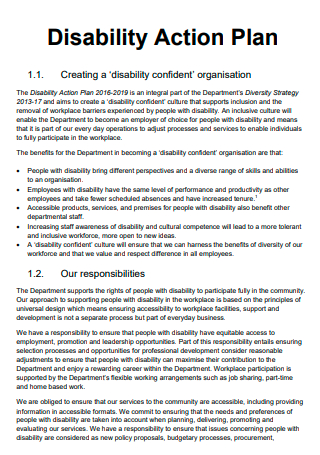
Disability Action Plan Example
download now -
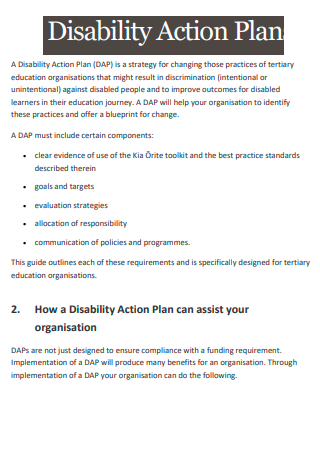
Standard Disability Action Plan
download now -
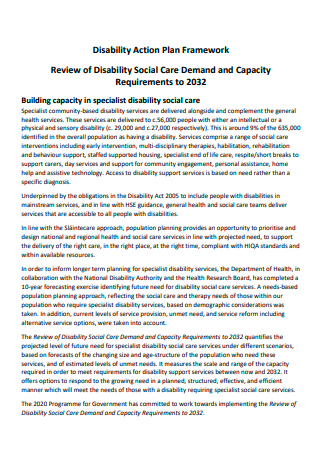
Disability Action Plan Framework
download now -
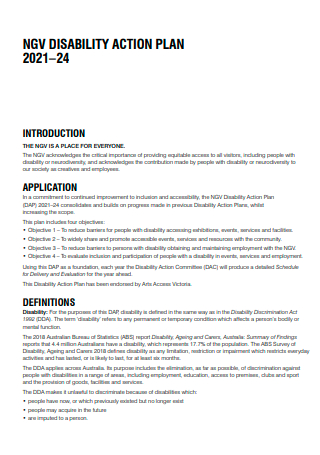
Disability Action Plan in PDF
download now -
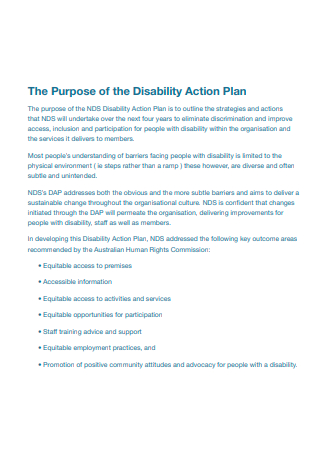
Simple Disability Action Plan
download now -
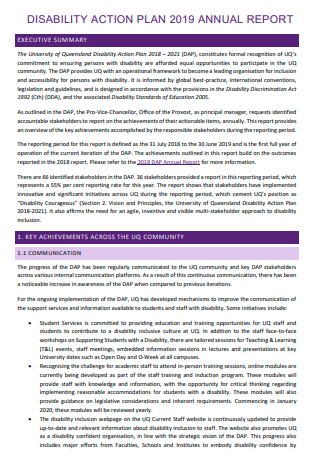
Disability Action Plan Annual Report
download now -
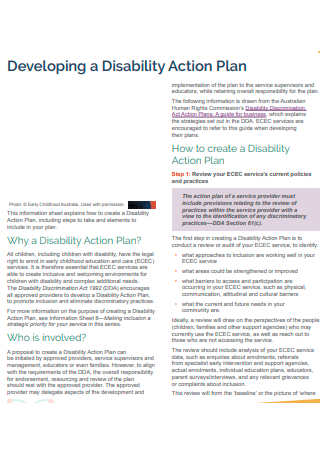
Developing Disability Action Plan
download now -
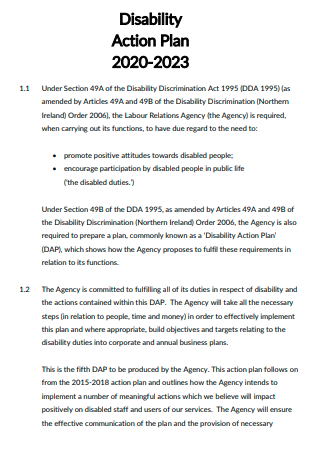
Printable Disability Action Plan
download now -
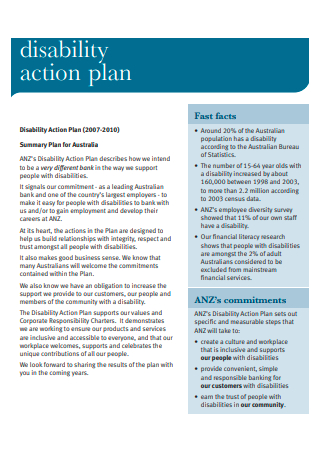
Formal Disability Action Plan
download now -

Disability Inclusion Action Plan
download now -
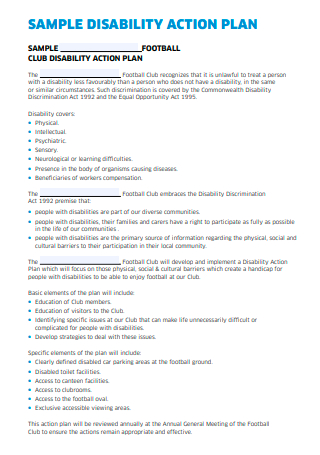
Sample Disability Action Plan
download now -
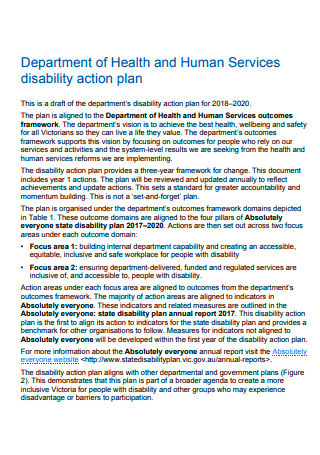
Draft Disability Action Plan
download now -
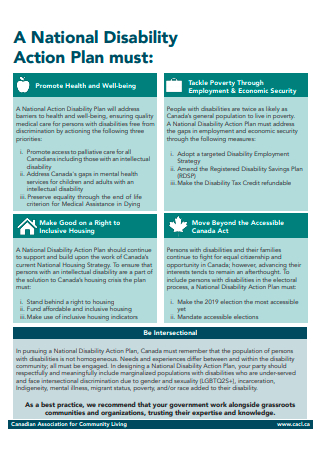
National Disability Action Plan
download now -
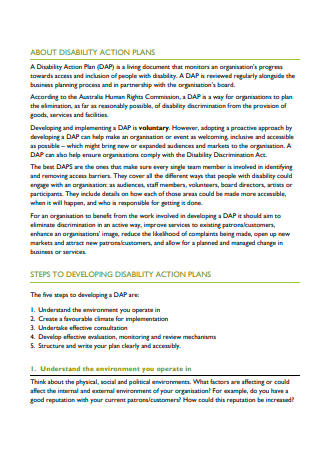
Disability Action Plan Format
download now -
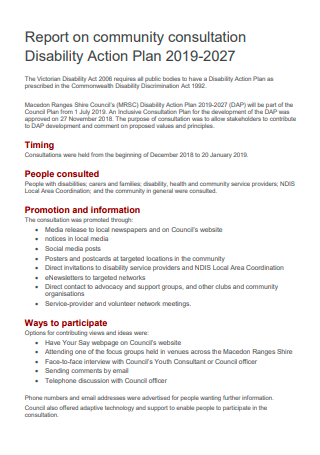
Community Consultation Disability Action Plan
download now -
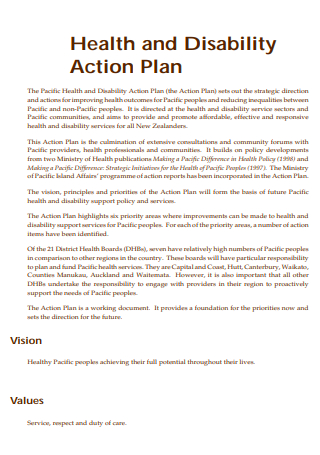
Health and Disability Action Plan
download now -
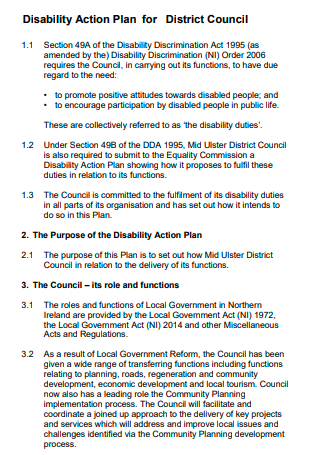
Disability Action Plan For District Council
download now -
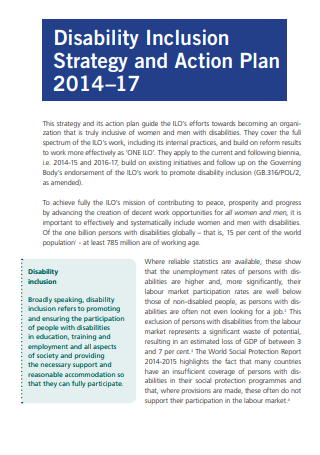
Disability Inclusion Strategy and Action Plan
download now -
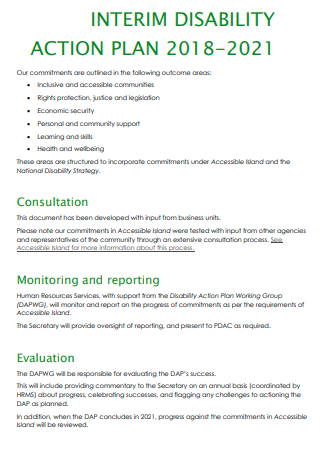
Interim Disability Action Plan
download now -
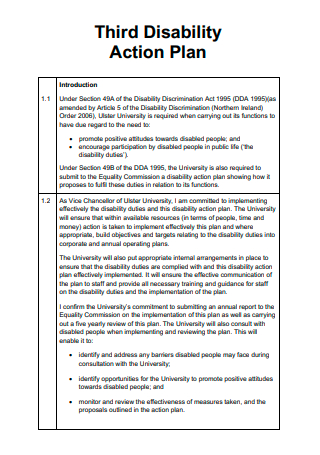
Third Disability Action Plan
download now -
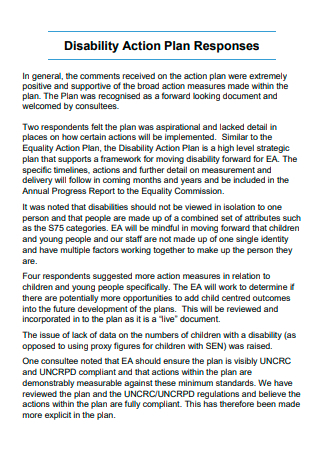
Disability Action Plan Responses
download now -
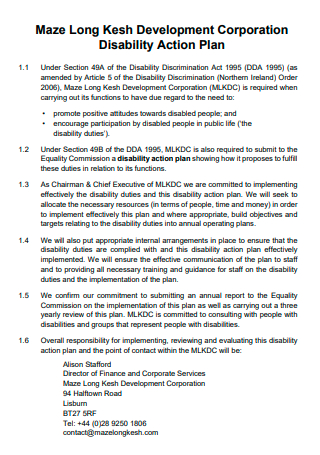
Development Corporation Disability Action Plan
download now -
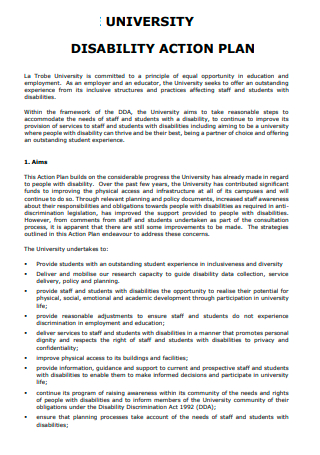
University Disability Action Plan
download now -
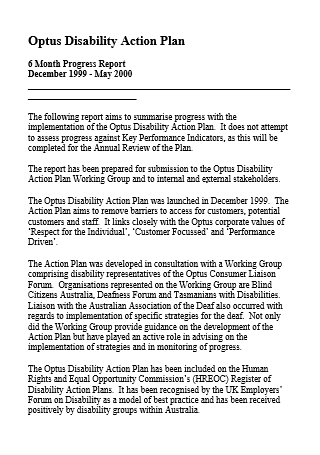
Optus Disability Action Plan
download now -
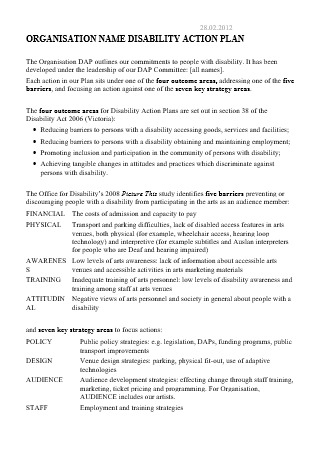
Organisation Disability Action Plan
download now -
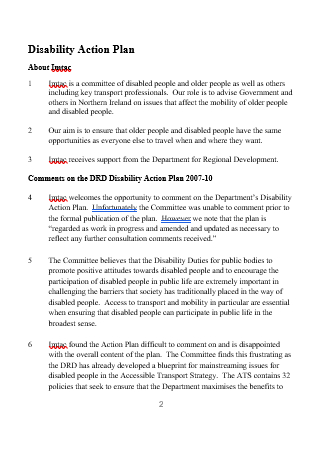
Disability Action Plan in DOC
download now
FREE Disability Action Plan s to Download
28+ Sample Disability Action Plan
What Is a Disability Action Plan?
What Is a Disability?
What Are the Types of Disability?
Why Do We Need Disability Action Plan?
Strategies To Create a Good Space for People With Disabilities:
How Is a Disability Action Plan Developed?
FAQs
What are disability benefits used for?
Can you be on disability for life?
Top 5 reasons why disability claims are denied:
What are the most approved disabilities?
What are some common hidden disabilities?
What Is a Disability Action Plan?
A Disability Action Plan is an external sign of an organization’s intention to eradicate discrimination and outlines its plan for how this will be tackled. It specifies how an organization is making its workplace, products, and services accessible to people with disability, and informs the public how it is approaching diversity and enclosure. Moreover, the Disability Action Plan can also reduce the likelihood of discrimination complaints and the costs that accompany this. It is a formal document with particular requirements that is usually lodged with the Human Rights Commission.
What Is a Disability?
Disability is a part of nature. Almost everyone will temporarily or permanently experience disability at some point in their lives. In one billion people—about 15% of the global population—live with some kind of disability and this number is growing.
Disability results from personal and environmental factors including negative attitudes, inaccessible transportation and public buildings, and limited social support. People with disability experience poorer health outcomes, have less access to education and work opportunities, and are more likely to live in poverty than those without a disability.
Oftentimes, people with disability do not receive the healthcare services they need. Evidence shows that half of people with disability cannot afford healthcare.
However, great progress has been made to make the world more accessible for people living with disability but much more work is required to meet their needs.
What Are the Types of Disability?
You may come across many disabilities in your work life. Some examples of common disabilities you may find are:
There are different kinds of disability and a wide variety of situations people go through. The disability may be permanent or temporary. It may exist from birth or be acquired later in life. People with the same disability are as likely as anyone else to have different abilities.
It is important to always ask before offering assistance; be at the same level when talking with the person; never assume that a person with physical disability also has intellectual disability and; ask permission before touching a person’s wheelchair or mobility aid.
Why Do We Need Disability Action Plan?
The aim of the duty is to gratify public authorities to give proper consideration to how they can best promote positive attitudes towards disabled persons and encourage participation by disabled persons in public life.
In developing Disability Action Plans, public authorities should pay attention on; developing a range of action measures designed to inspire cultural change in how disabled people are perceived by wider society and, increase representation of disabled people in public life. This aim is for disabled people to play a significantly greater role in the social, economic,s and political life.
A Disability Action Plan should:
- Prioritize the action measures likely to have the greatest impact in respect of the duties. Prioritization should be informed by consultation with disabled people
- Encourage feedback from disabled people and their representative groups on how authorities can encourage greater participation by disabled people in public life and act on this feedback
- Include references, as appropriate, to working with other public authorities where this will result in the more effective implementation of the duties
- Be written in plain English and available on request in alternative formats
The action measures may therefore include:
- Eliminating barriers to disabled people’s participation and persuading others to encourage such participation
- Positive action measures to facilitate appointments of disabled people to public life positions, compensated or otherwise
- Measures relating to the DDA protections e.g. employment, positive action, monitoring and, measures which are already included in the public authority’s equality scheme or linked action plan. The focus of the action measures should however be on the two disability duties
- Addressing negative stereotypes of disabled people and promoting positive role models in public literature in respect of disabled employees, service providers and disabled people in public life positions.
Strategies To Create a Good Space for People With Disabilities:
Enact legislation and formulate educational policy and planning (in consultation with families and organizations of people with disabilities) to develop educational that will enable people with disabilities to attend their local primary or secondary schools or tertiary institutions. Policy implementation needs to prepare the education system for inclusive education where appropriate.
- Recognize sign language as a culturally appropriate language.
- Encourage teacher training that includes methodology and techniques for teaching children with diverse abilities
- Modify the education environment to improve access to educational facilities for people with disabilities
- Establish a Disability Resource Centre to assist people with disabilities who are undertaking tertiary studies
- Develop curriculum to promote positive attitudes to the education of children with disabilities and ensure that learning is specifically tailored to meet the needs of people with disabilities
- Ensure adequate public budgetary allocation for the education of people with disabilities
How Is a Disability Action Plan Developed?
Key people who are responsible for delivering policies and processes relating to all internal and external processes including IT, property, employment, communications, advertising and goods and services need to:
- Allocate responsibility
- Review current practices to identify barriers
- Devise evaluation strategies to monitor progress
- Develop policies and programs to eliminate barriers
- Develop communication strategies
This may be relatively straightforward and you may choose to implement changes rather than formally develop and lodge a Disability Action Plan in a small business. However, in large complex organizations with multiple outlets, the required changes may need to be planned over a period of years.
Each business unit manager needs to establish how accessible their policies, processes, and goods and services currently are for people with disability. This can be done in discussion with people with disability stakeholder groups including employees with disability. Actions need to be prioritized to eliminate the barriers that have the greatest impact first.
Furthermore, Disability Action Plans need to allot the financial and people resources required to implement the required changes. An action plan that is not supported by financial and people resources is destined to fail. Once established, an action plan can be given to the Human Rights and Equal Opportunity Commission. In the event of a complaint, the Commission is required by the DDA to consider the organization’s Disability Action Plan.
FAQs
What are disability benefits used for?
It is important to be wary of what you choose to spend your benefits on if these payments are your only source of income. Keeping certain factors in mind will make sure that you keep your disability benefits and finances in order.
However, it is very much recommended that you spend them wisely. Before purchasing luxury items and entertainment, disability benefits should go towards expenses such as:
- Housing
- Utility payments
- Food
- Other everyday living expenses
You need to be careful about remaining eligible if you receive Supplemental Security Income (SSI), which is the form of disability payment that is financial need based. Also, take note that you cannot spend your benefits on illegal items or activities. If you do so, you will lose your disability benefits.
Can you be on disability for life?
As long as you continue to qualify, your disability benefits can continue for life. You may apply for disability benefits at any age.
Top 5 reasons why disability claims are denied:
- Lack of Hard Medical Evidence
If you want to qualify for disability benefits you will need to prove that you are unable to work due to your disabling condition. Many Social Security Disability claims are denied due to a lack of solid medical evidence. In addition, you must have medical records that show your disability has interfered with your ability to perform work activity in order to succeed in this.
- Your Income
This is only if you are applying for certain benefits. Your income does not matter when applying for some other benefits. Some people who apply for SSI benefits can work part time and earn money during the process. However, if you are working and earning more than a certain amount per month when you apply for Social Security Disability, your claim could get denied.
- Failure to Follow Treatment
The Social Security Administration will deny your claim if you fail to follow the treatment prescribed to you by your doctor. The reason for this is that the examiner will not be able to accurately determine whether or not your condition actually prevents you from being able to work if you are unwilling to cooperate with treatment.
If there is valid reason for not following through with the treatment prescribed by your doctor, you can bring this up during the appeals process. You will, however, want a Social Security Disability attorney representing you in this case.
- Failure to Cooperate
It is in your best interests to cooperate with them during the application process no matter how you feel about the people handling your Social Security Disability claim.
If you fail to provide the Social Security office with requested documentation or fail to show up to your scheduled medical exams, your claim will be denied. Due to this, it is important to remain in contact with the person handling your case and provide any and all documentation requested in a timely manner.
What are the most approved disabilities?
Arthritis and other musculoskeletal disabilities are the most commonly approved conditions for disability benefits.
What are some common hidden disabilities?
- Psychiatric Disabilities—Examples include major depression, bipolar disorder, schizophrenia and anxiety disorders, post-traumatic stress disorder, etc.
- Traumatic Brain Injury
- Diabetes
- Epilepsy
- HIV/AIDS
- Chronic Fatigue Syndrome
- Cystic Fibrosis
- Attention Deficit-Disorder or Attention-Deficit/Hyperactivity Disorder
- Learning Disabilities
Other examples include short or long term, stable or progress, constant or unpredictable and fluctuating, controlled by medication and untreatable.
Evidence suggests that the quality of life of people with disabilities, and of the broader community, progresses when people with disabilities themselves actively voice their concerns and participate in decision-making. People with disabilities are the most qualified and best equipped to support, inform, and advocate for themselves and other people with disabilities. Self-help organizations are the best informed, most qualified, and most motivated to speak on their own behalf regarding the proper design and implementation of policy, legislation, and strategies which will make sure their full participation in social, cultural, economic, and political life and enable them to contribute to the growth of their communities.
